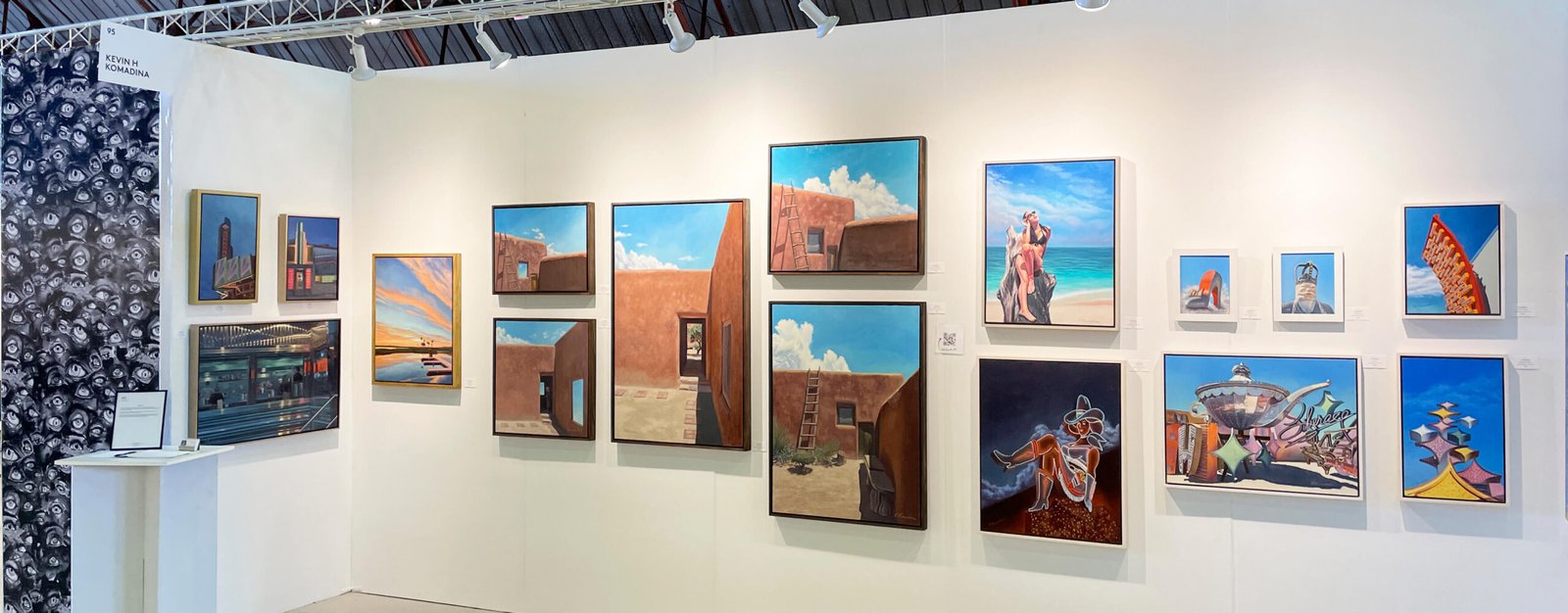If you want to know how to curate a successful art exhibition, you’ve come to the right place! Curating an exhibition is an exciting but challenging task. It requires creativity, organization, and the ability to bring together art that resonates with your audience. Whether you’re planning a small gallery show or a large-scale exhibition, these tips will guide you to success.
1. Plan Your Theme and Concept
Why a Clear Theme Is Important
The first step in learning how to curate a successful art exhibition is deciding on the theme. The theme should tie together the art you choose and give the exhibition a clear direction. It can be broad, like “nature in art,” or more specific, such as “abstract expressions of grief.” A well-thought-out theme will help guide your decisions and give the exhibition purpose.
Connecting Art to the Theme
Once you have your theme, choose artwork that fits it. For example, if your theme is nature, you might select landscapes or pieces that reflect the beauty of the natural world. Make sure the art you choose is diverse enough to keep the exhibition interesting, yet cohesive enough to feel connected to your theme.

2. Choose the Right Artists and Artwork
Selecting the Best Artists
To curate a successful art exhibition, you need to choose artists whose work fits your theme and exhibits high quality. Think about artists whose styles complement one another and create a harmonious experience. It’s important to select artists whose work engages your audience and invites them to think deeply.
Variety in Artwork
Variety is key in any successful exhibition. While you want the artwork to fit within the theme, including different mediums such as paintings, sculptures, and photography will keep the exhibition dynamic. This adds richness to the experience and ensures that every visitor finds something they enjoy.
3. Organize the Layout
The Importance of Layout
A successful art exhibition depends on more than just the art itself; the layout of the exhibition is equally important. When thinking about how to curate a successful art exhibition, plan the arrangement of your artwork carefully. Consider how visitors will flow through the space and make sure the art is displayed in a way that feels balanced.
Grouping and Spacing Art
Think about grouping related pieces together. For example, artworks that share similar color schemes or styles might look better side by side. However, make sure to leave enough space between pieces so that visitors can appreciate each artwork individually. Too many pieces too close together can make the exhibition feel crowded.
4. Consider Lighting and Ambience
The Role of Lighting in Exhibitions
Lighting is a critical factor in curating a successful exhibition. Good lighting enhances the artwork and sets the mood. Bright, even lighting is essential for most artworks, but you might want to adjust the lighting for specific pieces to create atmosphere. For example, dramatic lighting can highlight a sculpture or create shadows for a more mysterious feel.
Creating the Right Ambience
The ambience of your exhibition is also important. Think about the atmosphere you want to create—calm, energetic, thought-provoking, or something else. The mood can be influenced by factors like music, colors, and the overall design of the exhibition space.
5. Promote Your Exhibition
Get the Word Out
Once you have curated your exhibition, it’s time to promote it. Use social media platforms to share sneak peeks of the artwork and provide details about the exhibition. Print invitations or flyers and distribute them in local businesses and art venues. Make sure to engage with your audience online and in person to build excitement.
Collaborating with Local Press
In addition to online promotion, try reaching out to local newspapers or art magazines. A write-up or mention in a publication can bring more attention to your event and attract a wider audience. You can also consider hosting an opening night event to draw attention to the exhibition.
6. Engage Your Audience
Creating Interactive Opportunities
A successful exhibition is not just about viewing art; it’s about engaging with it. Think of ways to create interactive experiences for visitors. This could include artist talks, workshops, or guided tours. These activities allow your audience to connect more deeply with the artwork and artists.
Collecting Feedback
To improve future exhibitions, gather feedback from your visitors. You can use surveys or informal conversations to understand what they liked or didn’t like. This feedback will help you learn more about your audience and create better exhibitions in the future.
Conclusion
Curating a successful art exhibition takes time, planning, and a clear vision. By following these steps, including planning your theme, choosing the right artists, and creating a well-organized space, you can create an exhibition that engages and inspires. Remember, a successful exhibition is one that not only displays great art but also creates a memorable experience for your visitors. So, take your time and enjoy the creative process!

